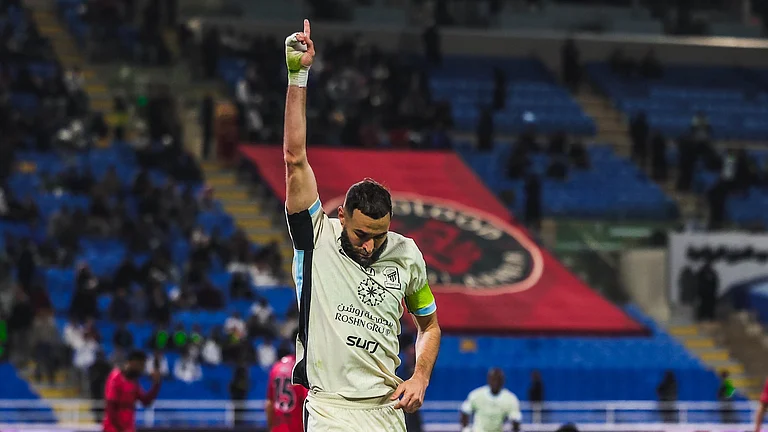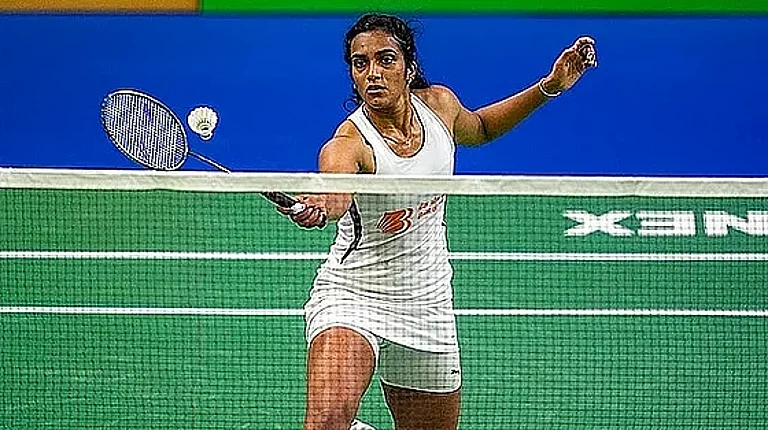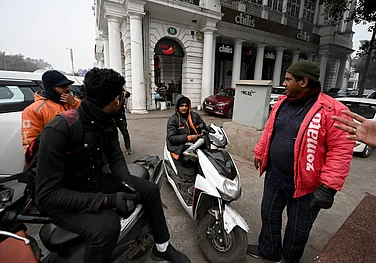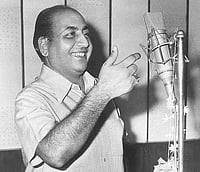Those were the times. When the heroine had a name that lent itself to the title of the film she was starring in. When the marquee literally gave her a double bill, her own name and of her character blazing bold above the cinema hall’s entrance. Name any actress of that era, and they’d have films that put them in the forefront. Nargis had Sharada (1957) and Mother India (1957), Bina Rai had Anarkali (1953), Nutan had Sujata (1959) and Bandini (1963), Vyjanthimala had Sadhna (1958) and Madhumati (1958), Meena Kumari had Pakeeza. And we’re not even talking of Fearless Nadia in Hunterwali (1935) or Devika Rani’s spirited performance as and in Acchut Kanya, which take the flashback deeper into cinematic history.
Even in films where the title was not celebrating the heroine, there were strong roles for the heroines that let them shine on in the collective memory of the audience, like Meena Kumari’s Choti Bahu and Madhubala’s Anarkali. Women playing vamps too had their day. Geeta Bali in Navketan films like Baazi, and even a yet-to-flower Waheeda found herself the focus in Guru Dutt’s CID as the role written for her ensured she effortlessly stole the scene from the heroine, Shakila.
Things changed slowly in the early ’60s. “When I came in, the films had themes that created and held a balance between the male and female roles,” says Waheeda Rehman, looking back at the role of the heroine. And indeed, films ensured the heroine’s character was real like Gulabo in Pyaasa or Rosie in Guide or Meena Kumari in Dil Ek Mandir, that tell you that writers and directors sought to people their films with flesh-and-blood women, whose tears wet kerchiefs and whose laughter echoed in the hall.

Sharmila in Aradhana
Already by the end of the magical ’60s, the scenario was changing. Waheeda attributes it to the changing trends. “The angry young man came in, dragging violence in his wake,” she says, “and as girls could not fight the villain with fisticuffs and kicks, they were relegated to the background.” Indeed, the audience would whistle and clap approvingly while the villain suffered the blows that the hero sent his way, and laugh when the heroine shuddering and trembling in a corner occasionally let out a yelp, or dared to swing a handy stick over the villain’s head, often ineffectively.
Through the ’70s, the hero dominated the screen. But now Waheeda says she is happy to see some change. The biggest change she sees is the audience accepting an on-screen married woman as heroine, and basing the story around her. “In English Vinglish, Sridevi had the audience on her side, despite being married and venturing beyond the borders of her home. Madhuri Dixit in Dedh Ishqiya, Vidya Balan in Kahaani and Bobby Jasoos, and even Alia Bhatt in Highway were great roles that broke the mould. The fact the audience that watches movies is generally more educated than past audiences is perhaps the reason for this change,” says Waheeda. Yet, we have a long way to go in accepting heroines who play roles that cross the lakshmanrekha, she adds. “I do not see Indian audiences accepting a role like the one Meryl Streep played in Bridges of Madison County, where despite being the mother of three children she not only falls in love with a stranger passing through but is also clearly shown sleeping with him.”
Though happy that films like Mardaani and Revolver Rani are giving great scope to their heroines for swashbuckling action, and celebrating woman power, she worries about it becoming the trend. “One or two roles of a woman playing the supercop and getting plaudits for it are fine. But fighting and violence are strictly men’s fields. It does not add grace to women to repeatedly play these roles. A woman can play a strong role without resorting to violence.” Of course, the rona-dhona of the past is also not acceptable today, she says. “Meenaji made audiences cry too much. Today, the youngsters don’t cry as easily, my daughter does not like cry-baby films. But strong-willed women’s roles are very well appreciated. The strength has to be in the character and persona of the heroine, not in her ability to kick and kill. I know that when I saw the film Salt, I disliked the heroine’s role in it intensely, and I hope Indian heroines will not be forced to copy such a character in film after film.”
In other words, if the trend of women-oriented films wants to take a real forward leap, filmmakers need to take a long backward look to see how those before them made the heroine a force in her own right in film after film. Not just a copy of the hero aiming kicks and fists at those that need must be vanquished, at least on screen.
(Sathya Saran is the former editor of Femina.)


























